We can list off plenty of Series 7 stumpers that trip up many students. However, in today’s post, we take a look at the ones that trip everybody that we come across.
Series 7 Stumpers: Start and Finish with Options
Unsurprisingly, the Options section is our most requested topic at Professional Exam Tutoring.
The three stumpers in this section are: Hedging with Options, Spreads, and Straddles. You could probably even throw in “Combinations” for fun since they are a derivative of straddles.
In all questions on Options, the very first step in understanding how to answer them is to identify the strategy. In other words, is the Options strategy employed a Spread, Straddle, or Hedge?
Remember, for Straddles, you must have one call and one put. But, you also must be performing the same action. For example, an investor must be buying the call, and buying the put.
For Spreads on the other hand, there must be two calls or two puts. However, the investor is buying one and selling the other. For hedging, you’ll have to notice one stock, and one option. That said, each bets in the opposite direction.
The Series 7 Exam goes fairly heavy on Options typically. So, starting out with this section and consistently hitting it over your study time is essential.
Corporate Bonds: Specifically, Convertible Bonds
Corporate bonds also consistently trip up students. However, the good news is that there are likely to be very few questions on the topic.
You should mostly expect potentially a couple questions around convertible bonds. Kaplan is an excellent source for the types of questions that you might encounter. The typical scenario is to choose the best choice for the investor between, allowing a bond to be called, converting the bond, or selling the bond at the current market value, etc.
In addition to convertible bonds, another bond question that tends to trip a lot of people up involves accrued interest. We got a lot of questions on this!
The main tidbit that most seem to miss is that you count up to the day before the settlement date for the bond transaction. And, the day that you need to start counting is the day the last coupon was paid.
So, for example, if you have a corporate bond that pays a coupon on January 1 and July 1, and was sold on February 5, then you have to figure out when it settled, and when the last coupon was received. In this example, it would take two days to settle so therefore it would settle on February 7. Thus, you should count up to February 6 as the last full day the bond was owned by the seller. Then, go backwards and count the last time the seller received a coupon. That would’ve been January 1. So, you need to count the days between January 1 and February 6. We’ll let you take it from here, but that’s the general logic.
Margin, Oh Margin!
The last section, in which we get a lot of questions is the Margin section. This is one of the biggest Series 7 stumpers. One major reason is that it involves a lot of calculations and a lot of formulas.
We highly recommend that you get clear on calculating equity for margin accounts. Whether it’s a short transaction, or a long transaction, you want to know how to deal with both. Similarly, being able to calculate margin call type of questions is also helpful.
And finally, SMA is the most troubling section for most students. The SMA is generally described as a line of credit, and has its own unique calculation.
Overall, watch out for these Series 7 sections. They can be quite tricky, but with enough time and dedication, most students can overcome the challenges. If you need help, feel free to reach out, and we can fill in any gaps. Good luck in the meantime!
